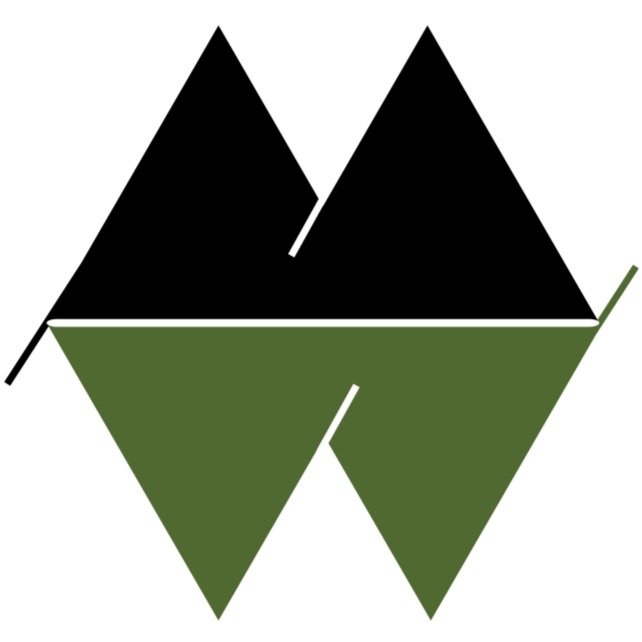Our Process
While each project is unique, the typical process that Mountain Woodcare uses can be summarized into three steps.
STEP 1: Restore wood surfaces to clean, raw bare wood
This is the most critical part of the restoration process and involves the removal of any existing finishes and/or removal of surface mildew and degraded surface wood. Pressure washing or media blasting are the most common methods we use to achieve a clean wood surface. Many homes require the aid of a biodegradable strippers and hot water washing to remove existing finishes. Wood brighteners may also be used to fully aid in bringing the wood back to like-new appearance.
Any surfaces requiring protection are masked or covered prior to starting the removal process.
The stain products we use do not require an extensive cleaning/stripping process for future reapplication. A light pressure wash is all that’s necessary prior to reapplication. This is a significant benefit for future maintenance costs.
STEP 2: Apply caulking and/or chinking if necessary
In most cases, this is the best time to apply any sealants. Caulks and chinking materials generally adhere better to clean, unfinished wood surfaces. It is important to seal any areas where water can get into or behind wood surfaces.
In log homes, chinking is necessary to keep log joints sealed and involves installing a flexible sealant to the joints.
STEP 3: Application of Stain Product
It is necessary to properly protect and mask surfaces around the house from getting any stain on them. This includes protecting windows and doors, light fixtures, stonework, landscaping, concrete, roofs, composite decking, etc. It is also important to verify that wood surfaces have returned to their original moisture content prior to applying any stain product. We then apply a flood application of the appropriate stain product. Multiple coats are sometimes required.
Masking is then removed and the job-site is returned to its original condition.



